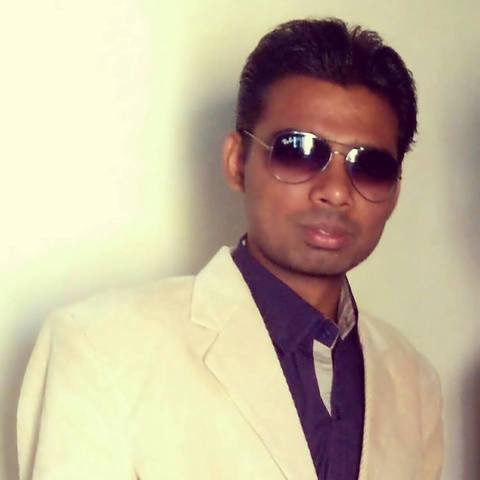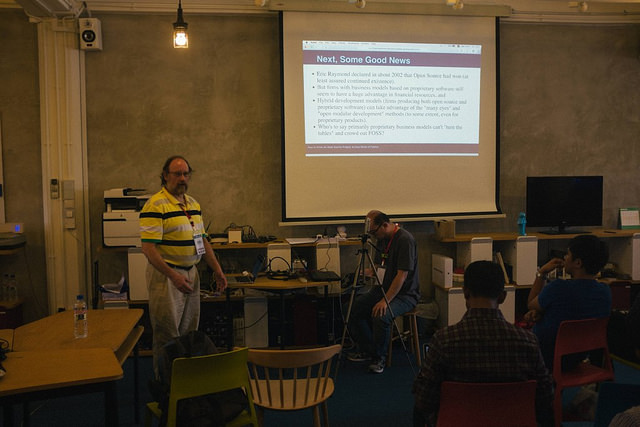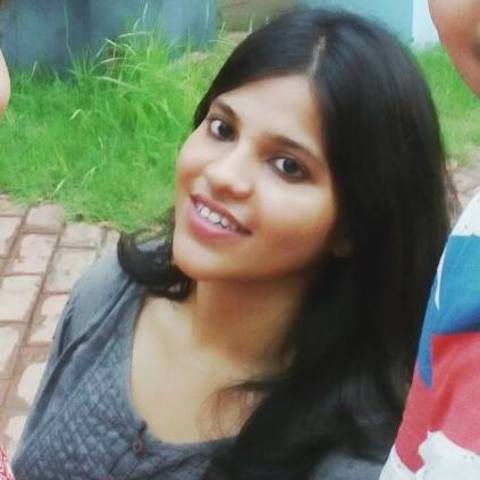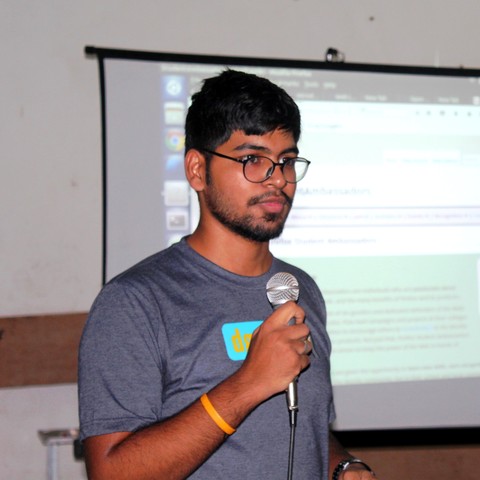Today I have released Tunir 0.l5.
This release got a major rewrite of the code, and has many new features.
One of them is setting up multiple VM(s) from Tunir itself. We now also have
the ability to use Ansible (using 2.x) from within Tunir. Using these we are
going to deploy Kubernetes on Fedora 23 Atomic images, and then we will deploy
an example atomicapp which follows
Nulecule specification.
I am running this on Fedora 23 system, you can grab the latest Tunir from
koji. You will also need the Ansible 2.x from the
testing repository.
Getting Kubernetes contrib repo
First we will get the latest Kubernetes contrib repo.
$ git clone https://github.com/kubernetes/contrib.git
Inside we will make changes to a group_vars file at contrib/ansible/group_vars/all.yml
diff --git a/ansible/group_vars/all.yml b/ansible/group_vars/all.yml
index 276ded1..ead74fd 100644
--- a/ansible/group_vars/all.yml
+++ b/ansible/group_vars/all.yml
@@ -14,7 +14,7 @@ cluster_name: cluster.local
# Account name of remote user. Ansible will use this user account to ssh into
# the managed machines. The user must be able to use sudo without asking
# for password unless ansible_sudo_pass is set
-#ansible_ssh_user: root
+ansible_ssh_user: fedora
# password for the ansible_ssh_user. If this is unset you will need to set up
# ssh keys so a password is not needed.
Setting up the Tunir job configuration
The new multivm setup requires a jobname.cfg file as the configuration. In this
case I have already downloaded a Fedora Atomic cloud .qcow2 file under /mnt. I
am going to use that.
[general]
cpu = 1
ram = 1024
ansible_dir = /home/user/contrib/ansible
[vm1]
user = fedora
image = /mnt/Fedora-Cloud-Atomic-23-20160308.x86_64.qcow2
hostname = kube-master.example.com
[vm2]
user = fedora
image = /mnt/Fedora-Cloud-Atomic-23-20160308.x86_64.qcow2
hostname = kube-node-01.example.com
[vm3]
user = fedora
image = /mnt/Fedora-Cloud-Atomic-23-20160308.x86_64.qcow2
hostname = kube-node-02.example.com
The above configuration file is mostly self explanatory. All VM(s) will have 1
virtual CPU, and 1024 MB of RAM. I also put up the directory which contains the
ansible source. Next we have 3 VM definitions. I also have hostnames setup for
each, this are the same hostnames which are mentioned in the inventory file.
The inventory file should exist on the same directory with name inventory. If
you do not want to mention such big names, you can simply use vm1, vm2, vm3 in
the inventory file.
Now if we remember, we need a jobname.txt file containing the actual commands
for testing. The following is from our file.
PLAYBOOK cluster.yml
vm1 sudo atomic run projectatomic/guestbookgo-atomicapp
In the first line we are mentioning to run the cluster playbook. In the second
line we are putting in the actual atomic command to deploy guestbook app on our
newly setup Kubernetes. You can understand that we mention which VM to execute
as the first part of the line. If no vm is marked, Tunir assumes that the
command has to run on vm1.
Now if we just execute Tunir, you will be able to see Kubernetes being setup,
and then the guestbook app being deployed. You can add few more commands in the
above mentioned file to see how many pods running, or even about the details of
the pods.
$ sudo tunir --multi jobname
Debug mode
For the multivm setup, Tunir now has a debug mode which can be turned on by
passing --debug in the command line. This will not destroy the VM(s) at the
end of the test. It will also create a destroy.sh script for you, which you
can run to destroy the VM(s), and remove all temporary directories. The path of
the file will be given at the end of the Tunir run.
DEBUG MODE ON. Destroy from /tmp/tmp8KtIPO/destroy.sh
Please try these new features, and comment for any improvements you want.



















